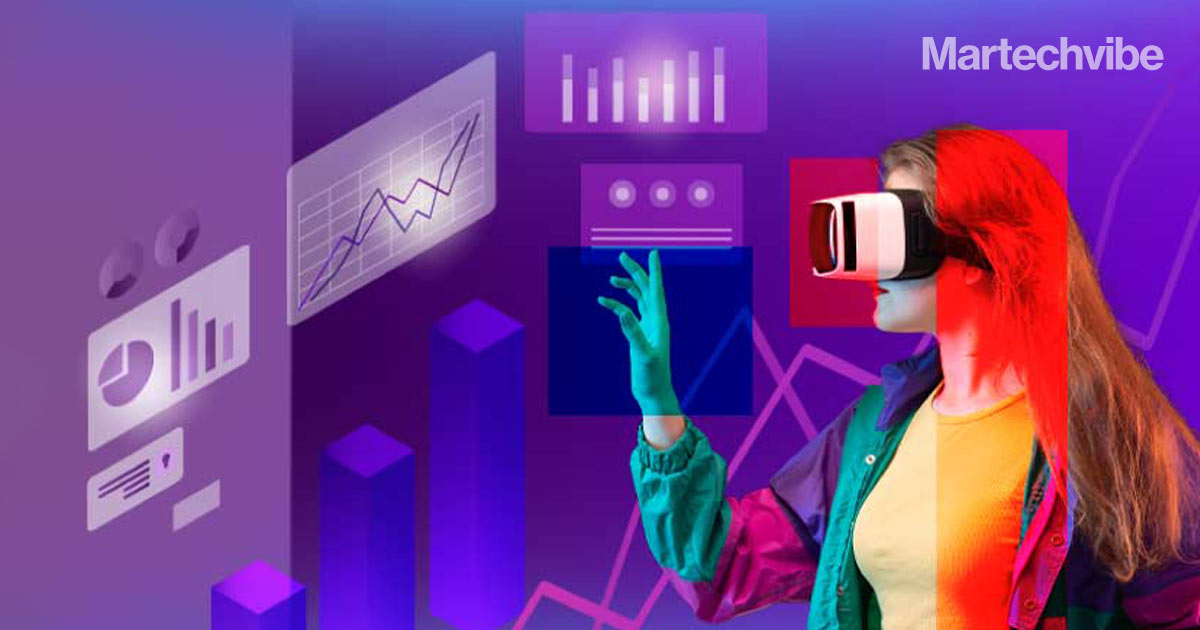Is the Virtual Experience Economy Replacing the Experience Economy?
From transforming video conferencing into enjoyable in-home experiences to leveraging AR/VR for travel and education, businesses are embracing technology to deliver delightful transactions without physical interactions.
What to Read Next
- Surfside Expands Commerce Media Solution to Include In-Store Inventory
- Salesforce Signs Definitive Agreement to Acquire Qualified
- MoEngage Secures Additional $180M in Series F Funding
- KNOREX Unveils White-Label Solutions to Power Live Commerce Advertising
- Insightly Launches AI-Powered Copilot to Streamline CRM Workflows









































































































